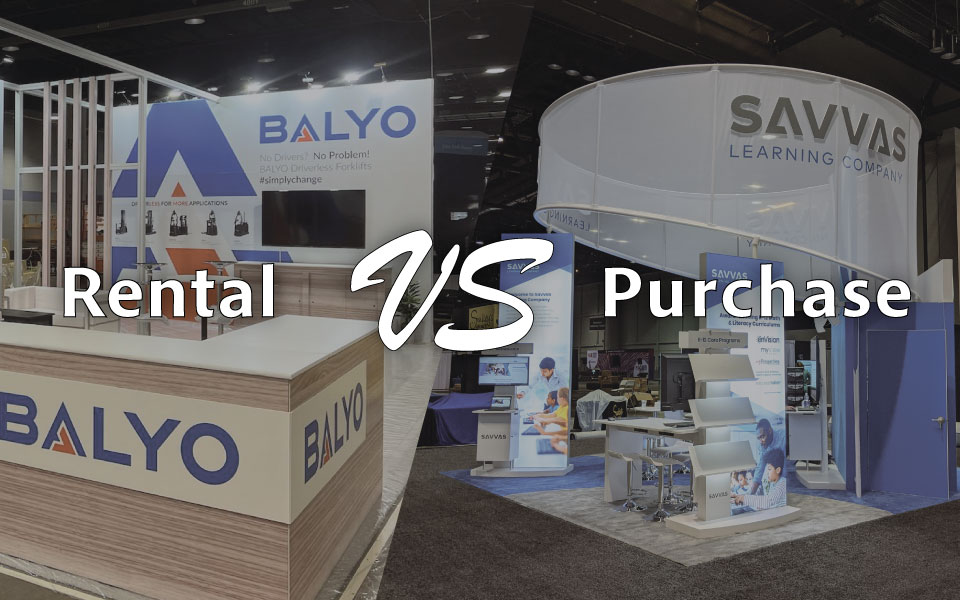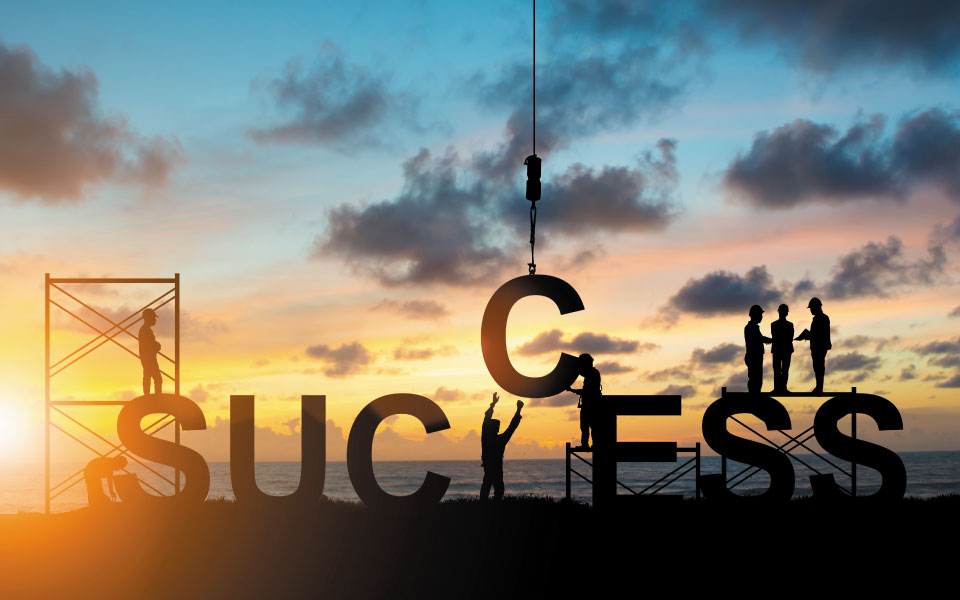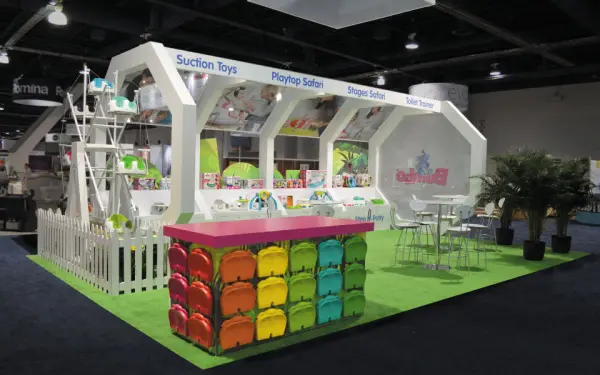What To Look For…
Build It and They Will Come
But will they stay? Event marketing is all about what’s new. What have you shown me lately is the mantra of most every event attendee. They are expecting to be wowed with the latest and greatest. Last year’s model or methodology is the ticket to oblivion.
Never appearing stale in how you present or what products/services you demonstrate is vital. The same holds true for exhibit architecture.
Introducing new and innovative products/services within the same marketing environment year after year can dilute some of the power of face-to-face marketing. Presenting the same trade show exhibit design each year infers to the casual observer that a company has nothing new to offer. They’ll pass by. Familiarity may not breed contempt but will induce a yawn or two.
First Things First
Arriving at the point where a marketing environment – often a trade show exhibit – is unveiled to a company requires significant investigation and thought. This discovery or trade show exhibit design process should start at the very beginning. Fully understanding what your criteria and expectations are is critical to offering a solution that is uniquely branded, aesthetically pleasing and operationally functional.
The deeper an exhibit company delves into understanding your company (its products/services, the marketplace, your event marketing history and objectives) the more likely you can be assured of receiving an exhibit that performs on many levels.
Often, the questions asked probe not much more deeply than the show name/dates/location, size of booth space and other basic facts. While determining such information is elemental, it should only be the start of a more meaningful exchange of ideas and information. Unfortunately, these discussions do not always occur.
A certain depth and breadth of understanding has to first be gained in order that the design process is started from a position of educated awareness. Be prepared for some event marketing introspection and wary if you don’t feel you’ve been heard.
The Inner Child
Asking why. Here a childlike curiosity can reveal much. Until all the “whys” are fully answered it is premature to narrow down the “whats.”
The process of rigorous examination of your company culture, products/services, marketing objectives and event marketing history provides a foundation upon which all subsequent strategy and solutions are based. It is ground zero in the exhibit design process.
Isn’t it logical to first know why you exhibit at a certain show before asking what size space you occupy? Prior to requesting a list of the shows you go to shouldn’t an exhibit design company first understand why your event marketing initiatives are as they are?
There is no substitute for a searching, thought-based inquiry of your circumstances prior to the actual start of the trade show exhibit design process.
How Will It Work?
Must form follow function? Is one more important than the other? The reality is that any successful face-to-face marketing environment must blend powerful imagery with design purpose. It is not enough to have impactful conveyance of brand and messaging alone. Make no mistake that the aesthetics of an exhibit are paramount to an effective marketing environment. After all, this is show business.
However, functionality is a major concern. Not only the physical layout of the exhibit itself but also the method with which these properties assemble and disassemble are at issue.
Should the conference room have ventilation? How much wiring is present and is there then need for wire management within the structure? Must the lighting be controlled to allow for video presentations? Is consideration given to component wear and tear? What about modularity, show schedule or technology requirements? The list can, and should, be lengthy.
The Devil is in the Details
A well-conceived exhibit will have considerable thought given to traffic flow, positioning of exhibit elements, how staff will interact within the space, product placement, graphics and branding, necessary conferencing/office/storage space and other factors that effect both form and function.
The ability of an exhibit to “shed its clothes” and transform is another example of what insightful design should bring to the process. Intelligent design will anticipate the necessity of an exhibit to be utilized in different space configurations, adapt to different branding requirements and incorporate modularity.
The method in which an exhibit is constructed, the way components are cased, its weight, modularity and ease of assembly/disassembly will have a direct and lasting impact on your recurring costs associated with its use.
In short, having a uniquely visual exhibit presentation will yield dividends on the show floor. How well that exhibit is engineered will have a direct correlation, on and off the show floor, to every major recurring expenditure incurred after its construction.
Inspire, Engage, Connect
Being proactively engaged in the process of exhibit design involves an understanding who you are and what you do. The outcome should result in purposeful design solutions with an eye toward both form and function. They are the fundamental hallmark of thought-based creative design.
The creative process requires nothing less in order to deliver a three dimensional marketing environment that achieves those goals defined at the onset.






